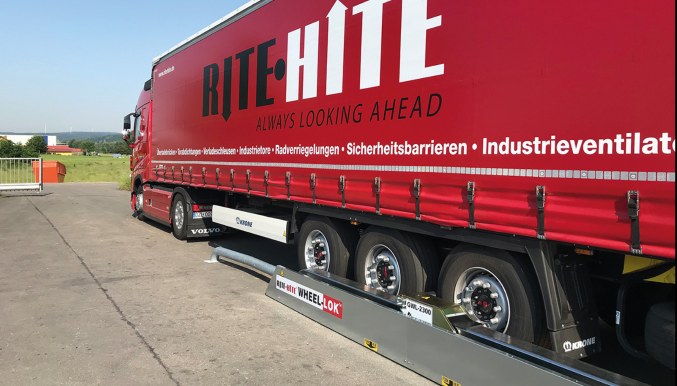Warehouse Energy Saving
28th December 2022

In the last year, global energy prices have risen by almost 30 per cent and energy saving in the warehouse has become paramount as a result. European energy prices have risen to historic levels and are expected to keep on rising well into 2023. Thorsten Mauritz offers some energy saving tips.
Warehouses and logistics facilities are vast spaces with heating, cooling, lighting, and goods moved by electric-powered forklift trucks. Not surprisingly, energy bills are typically 15 per cent of warehouse operating costs, and The Carbon Trust estimates that over 70 per cent of those energy costs are for lighting and heating alone. In the current economic climate, and with winter approaching, substantially reducing energy use is not just prudent; it could provide business resilience in these turbulent times.
Loading dock seals
As trucks or lorries arrive at the warehouse to load or unload goods destined for our high streets and homes, they back into a loading bay. Bay doors are essentially holes – somewhere between 8’x8’ to 10’x12’ large – in the wall of the warehouse, where cold air can rush in and warm air escape. Most loading dock shelters provide a seal along the top, bottom and sides of the truck to prevent snow, ice, rain and wintry air from streaming into the warehouse.
But getting a good seal all around the trailer can be a challenge. Corners are often problematic and can remain open. Unsealed hinge gaps can equal up to two and a half square feet of open air. For as long as the truck is loading or unloading, warm air escapes and is replaced by chilled air. Even the smallest gap can result in annual energy losses of £1,200 to £2,700 per loading bay. So, it’s important to have dock shelters with optimal sealing features such as weighted curtains and fitted corners, like those found in Rite Hite’s Eclipse shelter.
Destratification fans
When a lorry or truck pulls away from the bay doors, cold air rushes in from the outside, across the warehouse floor and forces warm air to rise rapidly towards the ceiling. The process is known as air stratification and can result in a floor temperature 30 degrees cooler than the roof. To keep employees warm, one solution is to turn up the thermostat. But every extra degree increases heating bills by eight per cent.
A better solution is to use HVLS fans to even out the temperature. HVLS fans have large, slow-moving blades which can propel air approximately 85ft in every direction. Multiple HVLS fans working together push these large volumes of air from one to the other and are extremely effective at mixing the air in large warehouses.
Warehouse energy saving
During the winter, HVLS fans can be run in reverse (clockwise vs counter-clockwise) to draw the cold air upwards and mix it with the hot air near the ceiling before it falls back down again. Rite-Hite’s HVLS fans can either be run in reverse, or if more airflow beneath the fans is needed, they can run at half speed or less.
Commercial HVLS ceiling fans can save up to 30 per cent in heating costs, consume less energy than traditional (faster) fans and will pay for themselves within a year.
FasTrax high-speed doors
Warehouses often have different temperature zones for warm and cold storage of various products. Supermarket warehouses, for instance, need to store goods at freezer, chiller or room temperature. Keeping cool rooms and warm rooms grouped together in zones helps reduce temperature leakage. But as forklifts and trucks move from one zone to another, high-speed doors are essential for keeping temperatures stable. Every second counts. And Rite-Hite insulated high-speed doors can open and close at speeds of 2.5m per second to save energy.
But whether it’s the loading dock, the chilling zones, or the fans overhead, inspecting and upgrading your warehouse climate control solutions should be a regular feature of your maintenance schedule. Rite-Hite’s experts in loading docks and indoor climate control can conduct a thorough on-site survey to help you find ways to close any energy gaps before winter.
Thorsten Mauritz is European Marketing Manager for Rite-Hite.

